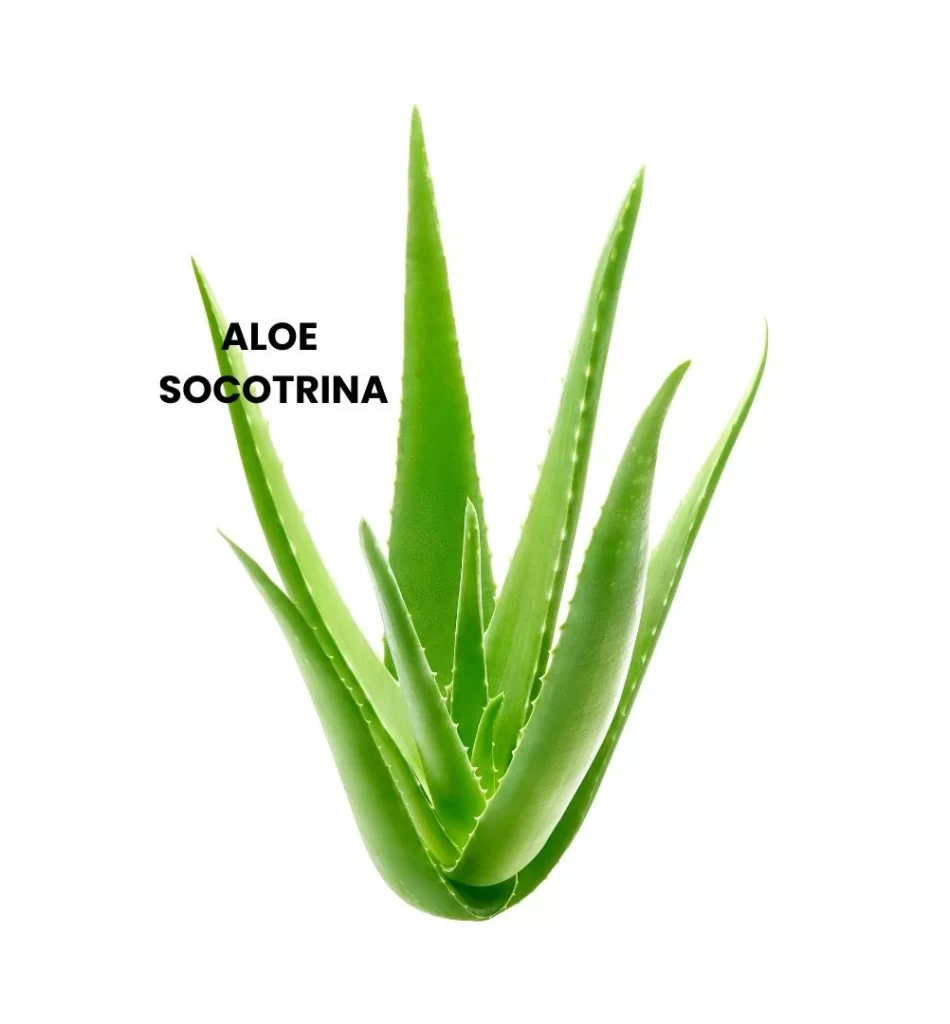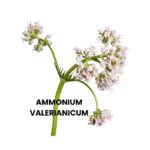Aloe socotrina is a highly valuable remedy in homeopathy, comparable to Nux vomica, particularly in restoring the body’s physiological balance after prolonged use of drugs, where disease symptoms and drug effects intertwine.
Dr. N.M. Choudhury astutely remarked that “To write a Materia Medica without Aloe is to write a novel without a hero,” highlighting the significance of this remedy.
The true value and efficacy of Aloe Socotrina become apparent when we embark on the journey of healing the unwell.
PROVER– HELBIG

Table of Contents
ToggleSOURCE INFORMATION
Socotrine Aloes, a botanical source for the homeopathic remedy Aloe Socotrina, is derived from the Aloe plant.
- Botanical Name: Aloe vera or Aloe barbadensis miller
- Family: Asphodelaceae (formerly Liliaceae)
- Common Names: Socotrine Aloes, Aloe
Geographic Origin: The Aloe plant is native to the Arabian Peninsula, particularly the island of Socotra, which is part of Yemen.
However, it is now cultivated in various regions with suitable climates around the world.
Aloe vera is a succulent plant with thick, fleshy leaves that contain a gel-like substance.
It is characterized by its rosette of lance-shaped leaves, often with serrated edges.
The plant is known for its ornamental and medicinal uses.
Socotrine Aloes has a long history of traditional use, particularly in herbal medicine and as a topical remedy for skin conditions.
In homeopathy, the tincture derived from this plant is employed to address a range of health issues, and it is notably recognized for its role in restoring balance after prolonged drugging.
The use of Socotrine Aloes in homeopathic practice is integral to achieving a comprehensive understanding of its therapeutic applications.
CLINICAL APPLICATIONS
Aloe Socotrina finds clinical utility in addressing a range of conditions, including abdominal disorders, anal affections, colic, constipation, cough, diarrhea, dysentery, hemorrhoids, skin affections, and more.
SPHERES OF ACTION
This homeopathic remedy exerts its influence particularly on the nervous system, portal system, blood, and skin.
Notably, it demonstrates a specific affinity for the liver and intestines.
PATHOGENESIS
- When Aloe Socotrina acts on the mucous membrane of the gastrointestinal tract, it triggers symptoms such as diarrhea, dysentery, and bleeding from the hemorrhoidal vessels.
- Its impact on the intestines is particularly notable, especially in the rectum, resulting in a loss of control over the sphincter ani.
- Additionally, it induces congestion in various parts of the body, exerting a significant influence on the abdomen, pelvic organs, and head.
CONSTITUTION
Physical Characteristics
- Aloe Socotrina is particularly well-suited to individuals of advanced age and women characterized by a relaxed, phlegmatic (sluggish and calm) habit.
- It is notably effective for those who lead a sedentary lifestyle and exhibit an aversion to both physical and mental exertion, often feeling indolent (habitually lazy) and weary.
WHAT IS CONSTITUTION IN HOMOEOPATHY?
Temperamental Traits
Bilious temperament, indicating a disposition dominated by bile secretions.
This temperament is associated with qualities such as assertiveness and determination.
WHAT IS TEMPERAMENT IN HOMOEOPATHY?
Heat and Cold Relationship: Aloe Socotrina is aligned with patients who tend to be Hot in nature.
(This implies that they are more sensitive to and may experience aggravation from warmth. Conversely, they may find relief or improvement in colder conditions).
Miasmatic Influence: Psoric miasm.
CHIEF GUIDING SYMPTOMS
- Profuse Mucus Secretion: Excessive production of jelly-like mucus from various mucous membranes, particularly noticeable in the intestines and throat. (Mucous membranes are the moist linings of body cavities such as the digestive tract and respiratory system.)
- Rectal Insecurity: Feeling of insecurity in the rectum with a lack of confidence and control over the sphincter ani muscles. (Sphincter ani refers to the muscles that control the opening and closing of the anus.)
- Temperature Sensitivity: Patients tend to feel hot and experience aggravation from warm conditions, while finding relief from cold water and cold weather.
- Seasonal Itching: Itchiness recurs annually as winter approaches.
- Emotional Dissatisfaction: Feelings of dissatisfaction and anger directed towards oneself or one’s complaints, particularly in cases of constipation.
- Hemorrhoidal Symptoms: Hemorrhoids resemble bunches of grapes, appearing blue in colour and bleeding easily. They are sore, tender, and hot, with itching relieved by cold applications.
- Altered Bowel Patterns: Diarrhea alternates with obstinate constipation, and solid stool may pass involuntarily due to difficulty in emptying the bowels.
Additional Information
- Aloe Socotrina is an excellent remedy for restoring physiological balance after prolonged dosing, especially when disease symptoms are intertwined with those of medication.
- It is particularly effective for addressing portal congestion symptoms and related conditions.
- It is well-suited to individuals with sedentary lifestyles or habits, especially those who are lymphatic and hypochondriacal (excessively preoccupied with their health).
- Rectal symptoms often play a crucial role in determining the choice of this remedy.
- It is beneficial for weary individuals, the elderly, and those with a phlegmatic temperament.
- It has been used successfully in treating consumption (tuberculosis) by administering the pure juice.
PARTICULARS
Headache
- Causation: Headache arises due to two main factors: insufficient stool (constipation) and a sedentary lifestyle (lack of physical activity).
- Location: Pain is felt across the forehead.
- Character: The headache is of a congestive nature, accompanied by a sensation of heat on the surface of the head and a feeling of congestion and fullness. There is aching pain above the forehead, along with heaviness in the eyes, leading to a need to partially close them for relief.
- Modalities: Symptoms worsen with every footstep and in warm environments, but they improve with the application of cold.
- Concomitants: Headache alternates with lumbago (lower back pain), occurring concurrently with intestinal and uterine affections. Additionally, there is a reluctance to engage in mental labor.
Key Words Explained
- Congestive: Refers to a condition characterized by excessive accumulation of blood or other fluid.
- Fulness: Feeling of being full or swollen.
- Lumbago: Pain in the lower back or lumbar region.
- Disinclination: A lack of willingness or reluctance.
Gastro-intestinal symptoms
Diarrhoea
- Causation: Diarrhea is triggered after eating and drinking.
- Time: Typically occurs early in the morning, compelling the patient to rush to the restroom. This urgency either forces them out of bed early in the morning or immediately after consuming food and beverages. Notably, there is a lack of confidence in the sphincter ani (anal muscle).
- Quantity: Stool is scanty.
- Character: The stool is watery, yellowish, and contains jelly-like mucus, causing pain.
- Before Stool: Abdominal distension with gas leads to a sensation of fullness and tightness. Rumbling and gurgling sounds occur in the abdomen. Sudden urging and heaviness in the rectum precede the stool.
- During Stool: Cutting, gripping pain is experienced in the right lower portion of the abdomen. There is an excruciating type of pain accompanied by a significant amount of flatus. Passing flatus gives the sensation that stool might also be expelled. The flatus is offensive, burning, and copious. Additionally, during stool, there is a gushing of thin, yellowish, watery, offensive, and excoriating feces that burns intensely, making the anus sore. Hunger is experienced during stool.
- After Stool: All pains subside after the stool, leaving the patient with profuse sweating and profound weakness.
- Modalities: Symptoms worsen after eating and drinking.
- Concomitants: Diarrhea alternates with headache.
Key Words Explained
- Sphincter Ani: The circular muscle that surrounds the anus and controls the release of feces.
- Excoriating: Causing irritation or abrasion, often used to describe substances that can cause skin damage.
- Profuse: Excessive or abundant.
Dysentery
- Description: Inflammatory condition affecting the lower part of the colon and rectum.
- Stool Characteristics: The stool is marked by a discharge of blood mixed with abundant jelly-like mucus, with a lesser amount of blood. In some instances, the patient may pass only a significant quantity of jelly-like mucus.
- Pre-Stool: Before a bowel movement, there is a rumbling sound in the abdomen, which is filled with gas.
- During Stool: The patient experiences cutting and gripping pain in the lower abdomen.
- After Stool: Following the bowel movement, there is a profound sense of weakness and prostration (overwhelming fatigue and debility).
- Modalities: Symptoms worsen after eating and drinking.
Explanation of Terms
- Dysentery: An inflammatory disorder of the intestines, especially the colon, resulting in severe diarrhea with the presence of blood and mucus in the feces.
- Inflammatory Condition: A state of inflammation, involving swelling and irritation.
- Mucus: A slimy and viscous substance produced by mucous membranes, like those in the colon and rectum.
- Profound Weakness and Prostration: Severe and overwhelming weakness, often leading to an inability to carry out normal activities.
Constipation
- Causation: Caused by a sedentary lifestyle.
- Stool Characteristics: The stool is in the form of hard lumps, and there is no natural urging to have a bowel movement. Solid stool and masses of mucus are passed involuntarily. There is a complete loss of sensation in the anus, with no feeling during the passage of stool.
- Piles (Hemorrhoids)
- Causation: Resulting from a sedentary lifestyle and portal congestion.
- Character: Bleeding piles that appear like a cluster of grapes, bluish in color.
- Pain Characteristics: Constant bearing down pain in the rectum, accompanied by intense itching and a burning sensation in the anus, which hinders sleep. The affected area is highly tender, hot, and sore, particularly with loose stool.
- Modalities
- Aggravation: Symptoms worsen in response to heat.
- Amelioration: Relief is experienced with the application of cold.
Explanation of Terms
- Sedentary Lifestyle: A way of living that involves a lot of sitting and little physical activity.
- Masses of Mucus: Clumps of a slimy substance produced by mucous membranes.
- Portal Congestion: Increased blood flow or pressure in the portal vein, often related to liver-related issues.
- Hemorrhoids (Piles): Swollen veins in the rectum and anus that cause discomfort and bleeding.
GENERAL MODALITIES
Aggravation
- Early in the morning.
- Sedentary life.
- Hot, dry weather.
- After eating and drinking.
- Standing or walking.
Amelioration
- Cold water.
- Cold weather.
- Discharge of flatus and stool.
RELATIONSHIPS
- Complementary: Sulphur.
- Comparison: Kali tich., Lycop., Allium sat.
- Antidotes: Opium; Sulph.
DOSE
- Sixth potency and higher. In rectal conditions, a few doses of the third, then wait.













Leave a Reply